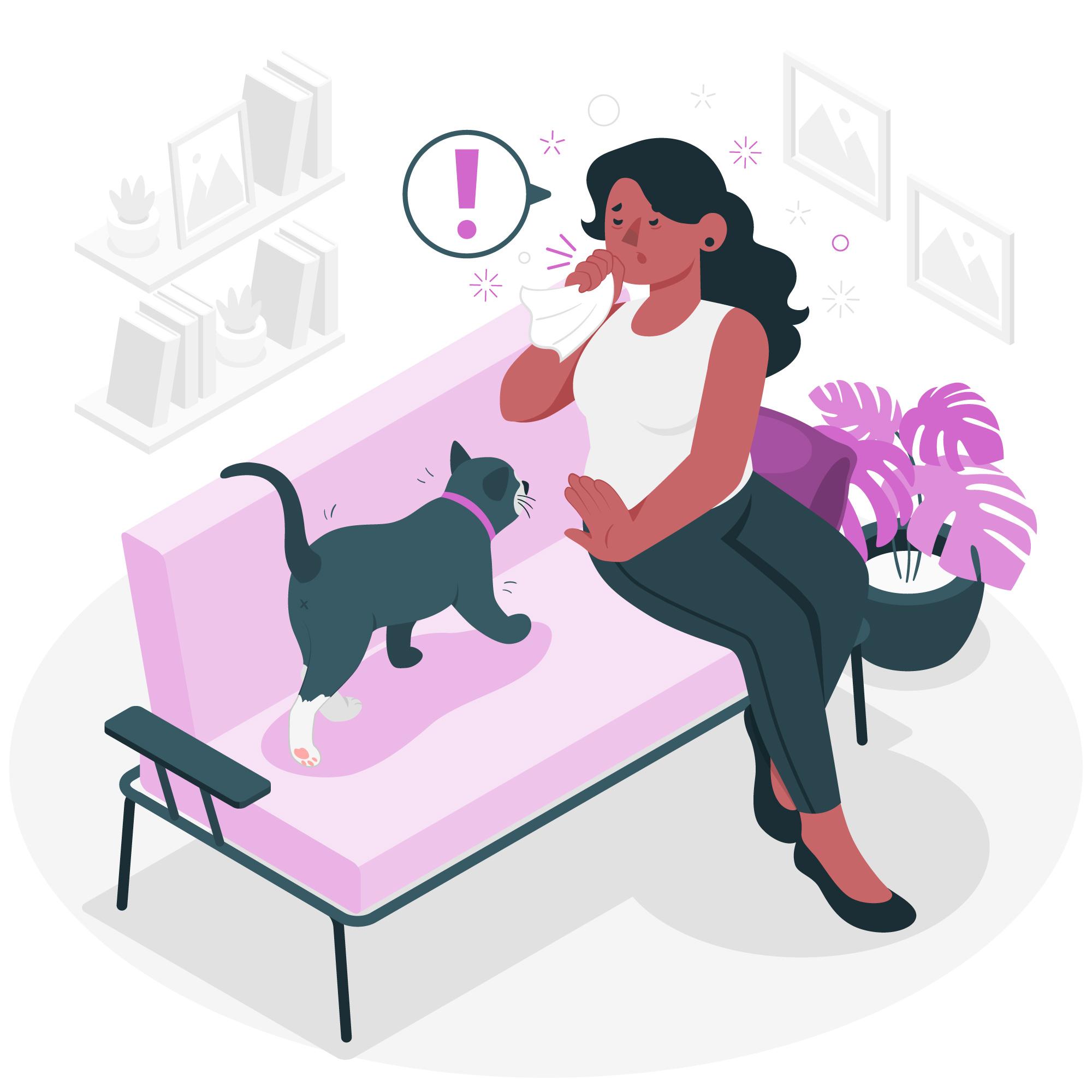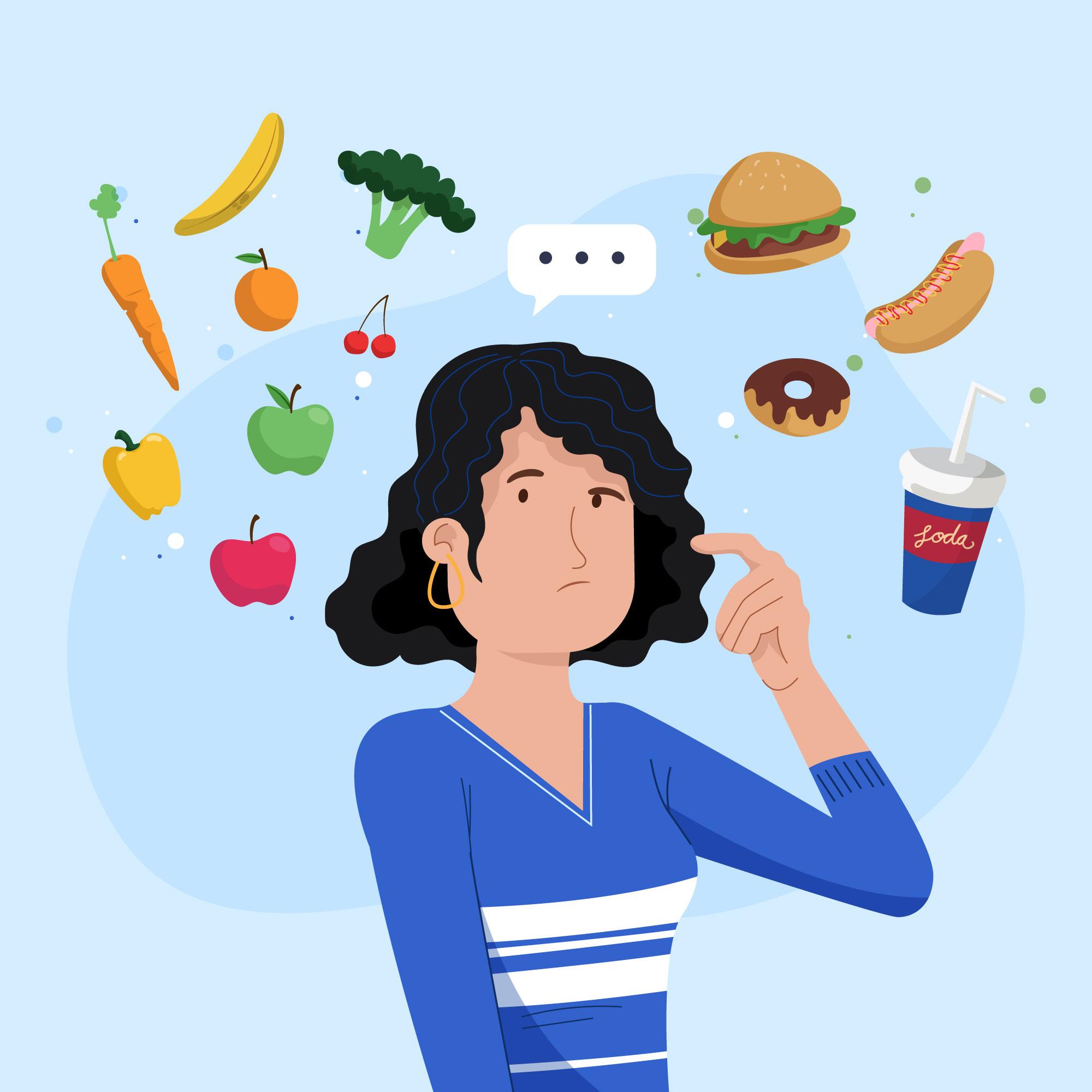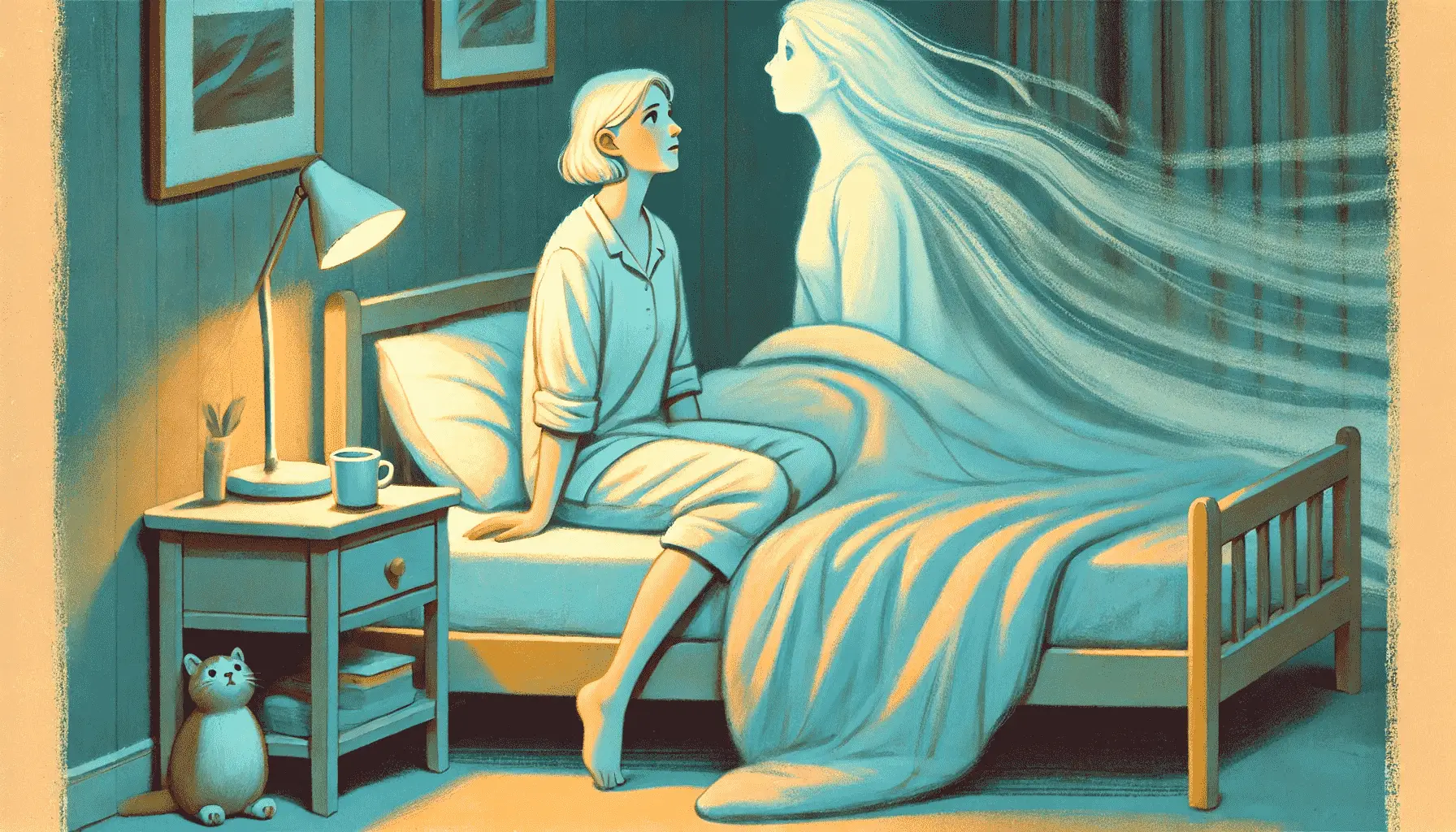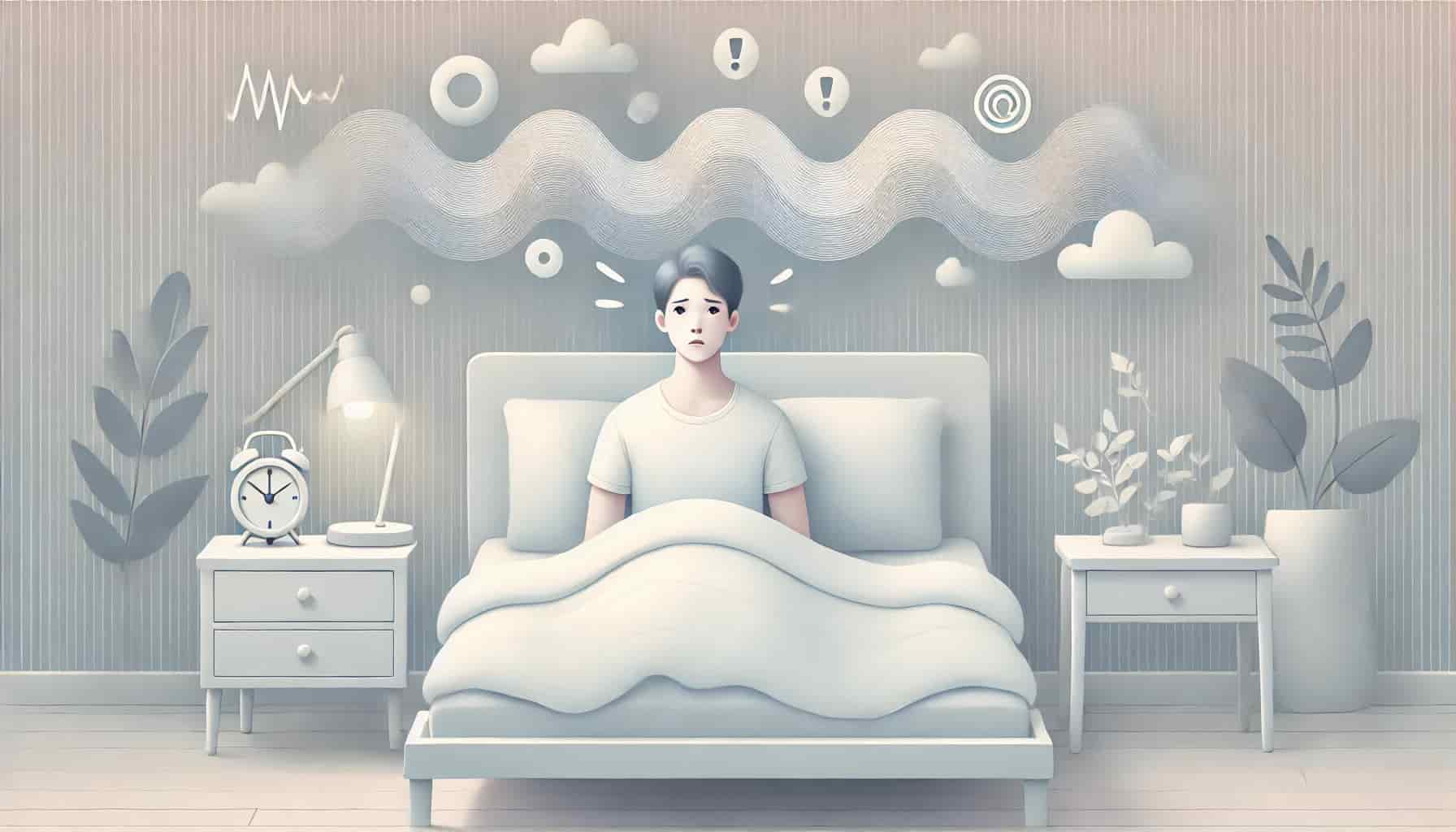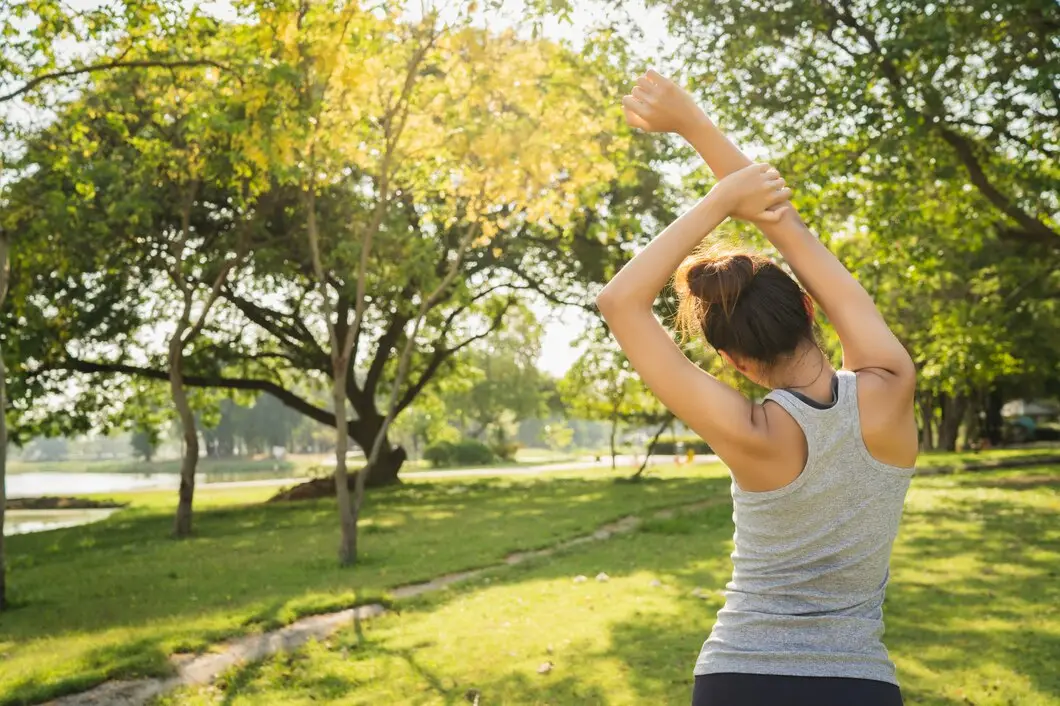Nocturnal panic attacks, also known as night-time panic attacks, are sudden, unexpected episodes of intense fear and anxiety that wake individuals from sleep. Unlike regular panic attacks, which typically occur during the day and can often be linked to specific triggers, nocturnal panic attacks occur at night, disrupting sleep and leaving the person in a state of fear and confusion. This can be particularly challenging in India, where sleep disturbances may be compounded by societal expectations, stressors related to daily life, and a lack of widespread mental health awareness.
Nocturnal panic attacks are characterized by overwhelming physical symptoms such as a racing heart, sweating, shortness of breath, and a feeling of impending doom. Despite being physically safe, the individual experiencing the attack may feel as though they are in danger. Understanding the causes, symptoms, and treatment options is key to managing this condition and improving the quality of life for individuals who suffer from it.
Key Facts
- Nocturnal panic attacks are episodes of intense anxiety that occur during sleep, usually waking the person in a state of panic.
- Approximately 20-40% of people with panic disorder experience nocturnal panic attacks.
- In India, mental health awareness is gradually increasing, but nocturnal panic attacks may still be misunderstood or stigmatized, particularly in rural areas or among older generations.
- Effective treatment, including therapy, lifestyle adjustments, and medication, can help individuals manage nocturnal panic attacks and regain control of their sleep and well-being.
Overview of Nocturnal Panic Attacks
A nocturnal panic attack occurs during the night, typically waking the person in a state of fear or terror. These attacks can happen even if the individual is not consciously experiencing stress before bed. Unlike nightmares, nocturnal panic attacks are not caused by disturbing dreams but by a sudden surge of anxiety that triggers the body’s fight-or-flight response.
People who experience nocturnal panic attacks may wake up suddenly, feeling disoriented, heart pounding, gasping for breath, or with a sensation of choking or dizziness. These attacks often last a few minutes but can feel much longer due to their intensity. They leave individuals physically and emotionally drained, making it difficult to fall back asleep.
Nocturnal panic attacks are not only disruptive to sleep but also increase the likelihood of daytime anxiety and fear of going to bed. This can lead to sleep disorders, such as insomnia, and can significantly impact daily life.
Symptoms of Nocturnal Panic Attacks
The symptoms of nocturnal panic attacks are similar to daytime panic attacks, though they occur suddenly during sleep and may feel more distressing due to their timing.
- Physical Symptoms:
- Rapid or racing heartbeat (palpitations)
- Sweating or chills
- Shortness of breath or a choking sensation
- Trembling or shaking
- Chest pain or discomfort
- Dizziness or lightheadedness
- Nausea or abdominal distress
- Emotional Symptoms:
- A sense of impending doom or fear of death
- Extreme fear without any clear cause
- Confusion and disorientation upon waking
- Behavioral Symptoms:
- Fear of going back to sleep, leading to insomnia or poor sleep hygiene
- Anxiety about experiencing future attacks, which can cause hypervigilance before bedtime
Causes and Risk Factors
The exact causes of nocturnal panic attacks remain unclear, but several factors may contribute to their development. In India, where factors like societal pressures, career demands, and family responsibilities can create significant stress, certain risk factors may be more pronounced.
- Stress and Anxiety: Chronic stress is a well-known trigger for panic attacks. In India, individuals may face unique stressors, including intense academic pressure, work-related stress, family obligations, or financial concerns. Unresolved daytime anxiety can manifest as nocturnal panic attacks.
- Panic Disorder: People with panic disorder, a type of anxiety disorder characterized by frequent panic attacks, are more likely to experience nocturnal panic attacks. Daytime panic attacks can increase the risk of nighttime episodes.
- Genetics: A family history of panic disorder or anxiety increases the likelihood of experiencing panic attacks, including nocturnal ones.
- Sleep Apnea: Conditions like obstructive sleep apnea can cause breathing difficulties during sleep, which may trigger panic attacks as the body reacts to sudden drops in oxygen levels. In India, sleep apnea is often underdiagnosed, particularly in rural areas.
- Environmental Triggers: External factors such as noise pollution, heat, or discomfort may contribute to poor sleep quality, which can increase the likelihood of nocturnal panic attacks. In urban areas of India, the combination of congested living spaces and high-stress environments can exacerbate these triggers.
- Lifestyle Factors: Caffeine, alcohol, and certain medications may also play a role in causing nocturnal panic attacks. In India, where tea and coffee are common beverages and alcohol consumption is rising, these factors may be relevant to those experiencing panic attacks.
Impact on Daily Life
Nocturnal panic attacks can significantly disrupt daily life. When individuals lose sleep due to panic attacks, they may struggle with daytime fatigue, poor concentration, irritability, and a lack of energy. This can affect their ability to work, study, or engage in social activities. Over time, nocturnal panic attacks may lead to chronic insomnia, which worsens overall mental and physical health.
In India, where mental health challenges are often not discussed openly, individuals may face additional challenges in seeking help. Stigma around anxiety disorders and misconceptions about mental health can prevent people from accessing the care they need, especially in rural or traditional settings.
Treatment and Care
Managing nocturnal panic attacks involves a combination of therapy, lifestyle changes, and, in some cases, medication. Early intervention is key to reducing the frequency and severity of attacks.
- Cognitive-Behavioral Therapy (CBT): CBT is one of the most effective treatments for panic attacks, including nocturnal ones. It helps individuals identify and challenge irrational thoughts that may contribute to anxiety and panic. For nocturnal attacks, therapists may focus on reducing sleep-related anxiety and improving sleep hygiene.
- Relaxation Techniques: Learning to manage stress and anxiety through relaxation techniques such as deep breathing, progressive muscle relaxation, and yoga can be particularly helpful in preventing nocturnal panic attacks. These practices are already deeply embedded in Indian culture, making them accessible to many people.
- Improving Sleep Hygiene:
- Establish a calming bedtime routine, such as reading or listening to soothing music.
- Avoid stimulants like caffeine or heavy meals close to bedtime.
- Create a comfortable sleep environment by reducing noise and maintaining a cool, dark room.
- Mindfulness and Meditation: Practices such as mindfulness meditation and pranayama (breath control) are effective ways to manage anxiety and improve sleep. These methods help individuals stay grounded in the present moment and reduce anxiety about future panic attacks.
- Medication: In some cases, medications may be necessary to manage panic attacks, especially if they are frequent and severely impact quality of life. These may include:
- Antidepressants, particularly SSRIs (Selective Serotonin Reuptake Inhibitors), which can help regulate mood and reduce anxiety over time.
- Benzodiazepines for short-term relief of acute panic symptoms, though they are not recommended for long-term use due to the risk of dependency.
- Beta-blockers to control the physical symptoms of panic, such as rapid heartbeat or trembling.
Managing Panic Attacks in Daily Life
While professional treatment is essential, certain coping strategies can help individuals manage their nocturnal panic attacks at home.
- Focus on Breathing: During an attack, focusing on slow, controlled breathing can help reduce the intensity of physical symptoms. Practicing deep breathing exercises before bed can also help relax the body and mind.
- Grounding Techniques: Techniques such as 5-4-3-2-1, which involves naming five things you can see, four things you can touch, three things you can hear, two things you can smell, and one thing you can taste, can help bring you back to the present and reduce panic.
- Stay Active: Regular physical exercise can reduce anxiety levels and improve sleep quality. Activities like walking, swimming, and yoga are particularly beneficial.
- Seek Support: Talking to a trusted friend, family member, or support group can provide emotional relief. In India, where mental health issues are sometimes stigmatized, having open conversations can reduce feelings of isolation.
Conclusion
Nocturnal panic attacks can be distressing and disruptive, but they are treatable with the right approach. In India, where sleep disturbances may be further complicated by stress, societal expectations, and limited mental health awareness, it is crucial to recognize the symptoms and seek help early. By addressing the underlying causes through therapy, relaxation techniques, and lifestyle changes, individuals can regain control over their sleep and mental health. With a growing awareness of mental health in India, there is hope that more individuals will seek treatment and find relief from nocturnal panic attacks, leading to better sleep, improved well-being, and a higher quality of life.

